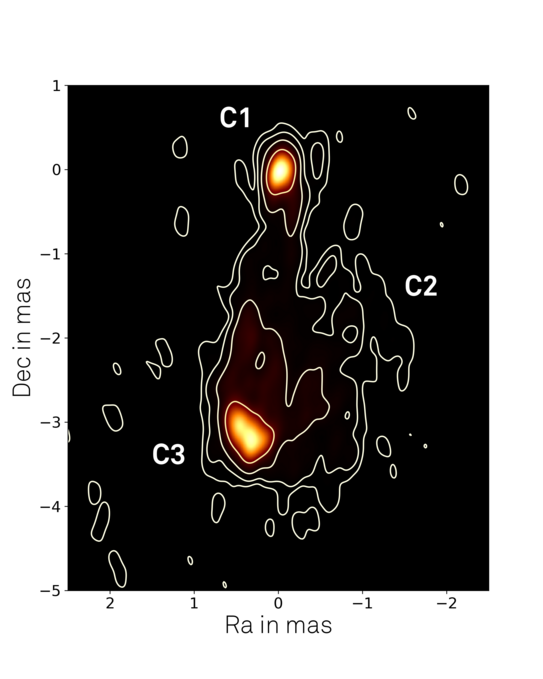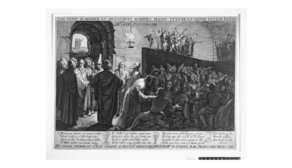Radio Astronomy
Radio waves cover the low-energy range of the electromagnetic spectrum. The wavelength of this radiation is approximately between one millimeter and 10 meters. Since the earth's atmosphere is transparent to radio waves, direct measurement on earth is possible. In most cases, this is done with large radio dishes or antennas. These detectors can measure individually or be connected together as interferometers to achieve very high resolutions.
Unlike gamma and neutrino astronomy, radio astronomy can study the morphology of extra-galactic sources. Observations with the VLBA or LOFAR provide high-resolution images of cosmic accelerators such as active galactic nuclei. Combining information from the entire electromagnetic spectrum in so-called multi-wavelength analyses helps to understand their emission and acceleration processes.

The use of meter wavelengths for astrophysical research offers unprecedented insights into many astrophysical processes studied within the GLOW-consortium.
With the new generation of radio interferometers - such asLOFAR and SKA - the research area of large data sets is becoming increasingly important for radio astronomy. Analysis of all observations in reasonable time requires new analysis techniques. In collaboration with computer science within SFB876, we are developing solutions in the area of machine learning.
Another project is the automation of radio telescopes, where the robotization of the prototype antenna MPG-SKA is a signpost. A central aspect for the realization of automated observations is the data mining of sensor metadata.
Topics covered in Dortmund include:
- Jet kinematic analysis
- Analysis of LOFAR observations
- Robotization of the MPG-SKA prototype antenna
- Analysis procedure for SKA observations

![[Translate to English:] [Translate to English:]](/storages/app-physik/_processed_/3/a/csm_APPGroupphoto2023_001_small_858e4405eb.jpg)


